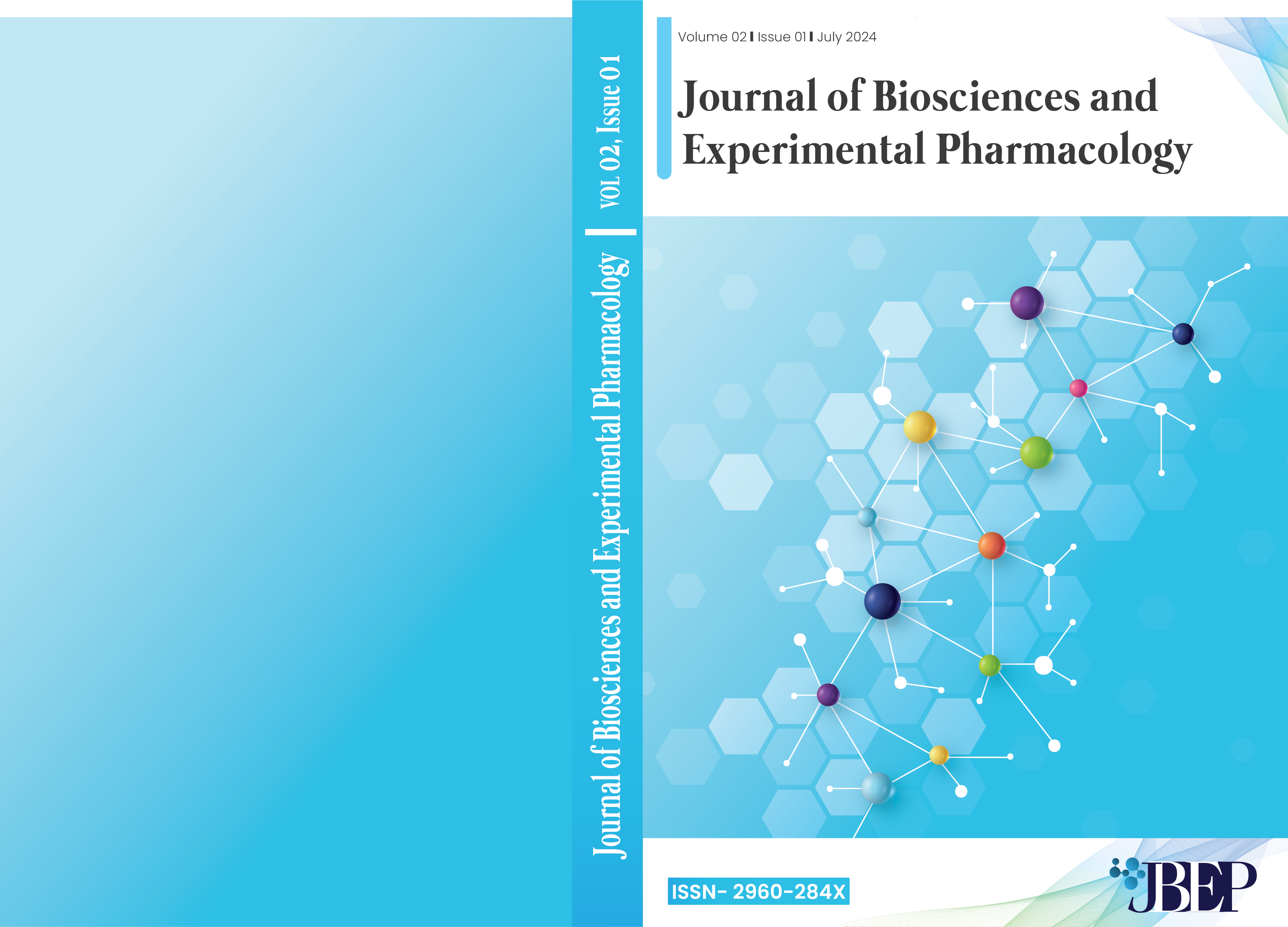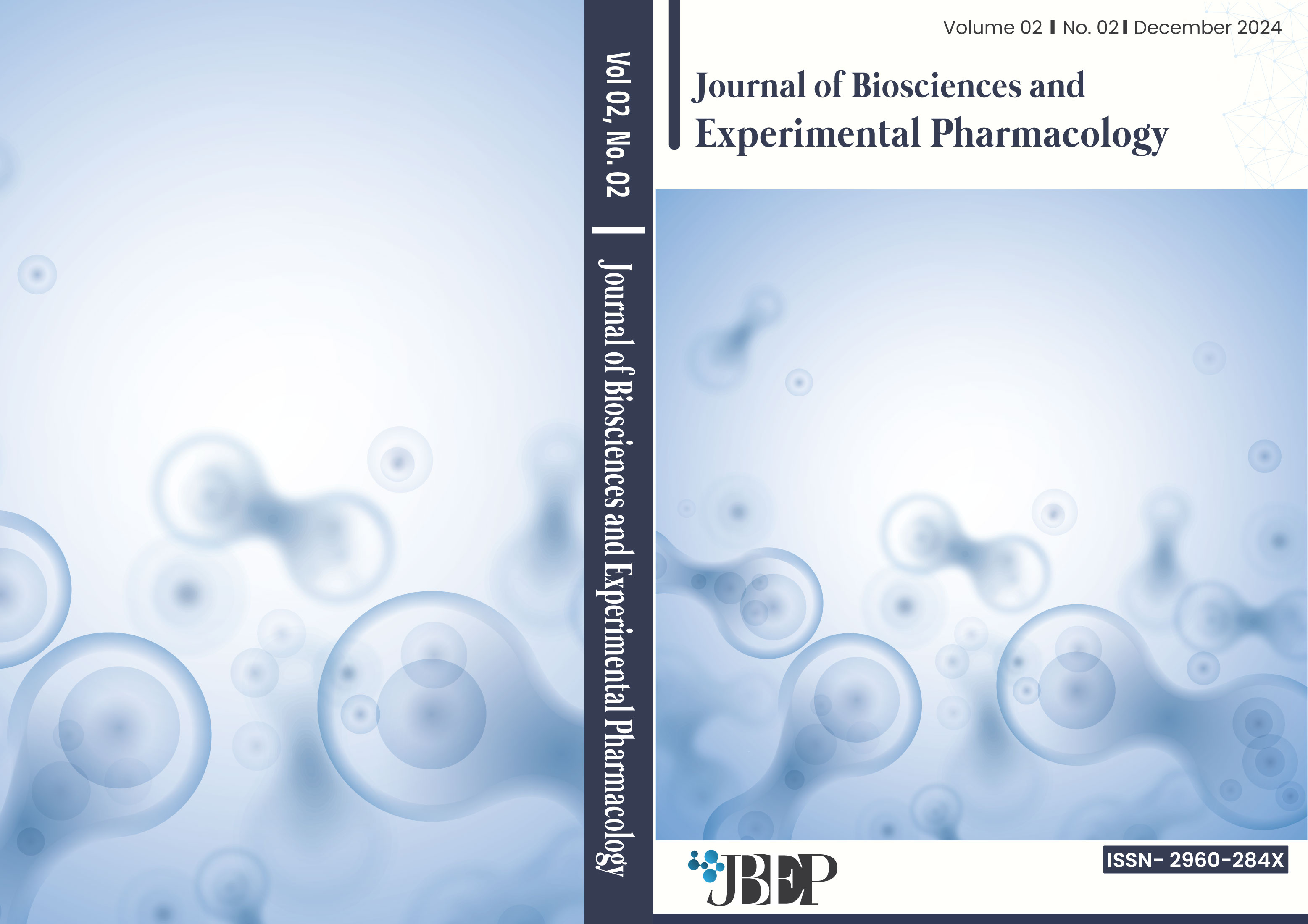Original article | Open access | J. Bio. Exp.Pharm. 2023, 1:39–69. |
Recent advances in nanocarriers as targeted drug delivery systems
Abstract
Targeted drug delivery and the use of nanocarriers in drug delivery systems have shown significant impacts in mitigating various diseases. The limitation lies in designing nanocarriers for an effective therapeutic outcome. The concept of targeted drug delivery is drawn from the 'magic bullet' concept, which reduces toxicity, enhances effectiveness, and helps control the drug release rate. Targeted drug delivery strategies can be performed in various ways but mainly depend on ligand‒receptor binding and the enhanced permeability and retention method (EPR). Different nanocarriers have been developed over the years, including liposomes, solid lipid nanoparticles, lipid-polymer hybrid nanoparticles, niosomes, ethosomes, dendrimers, polymeric micelles, carbon nanotubes, and metallic nanoparticles. Drug loading in nanocarriers occurs by covalent bonding, electrostatic interactions, or encapsulation. Nanocarriers have been developed over the years, and novel nanocarriers have been designed to enhance their effectiveness, reduce side effects, increase circulation time, and accumulate at the target site. This article discusses the different strategies of drug delivery systems, different types of nanocarriers, and their advantages as targeted drug delivery systems. This article also discusses the recent advances of novel designed nanocarriers as targeted drug delivery systems.

